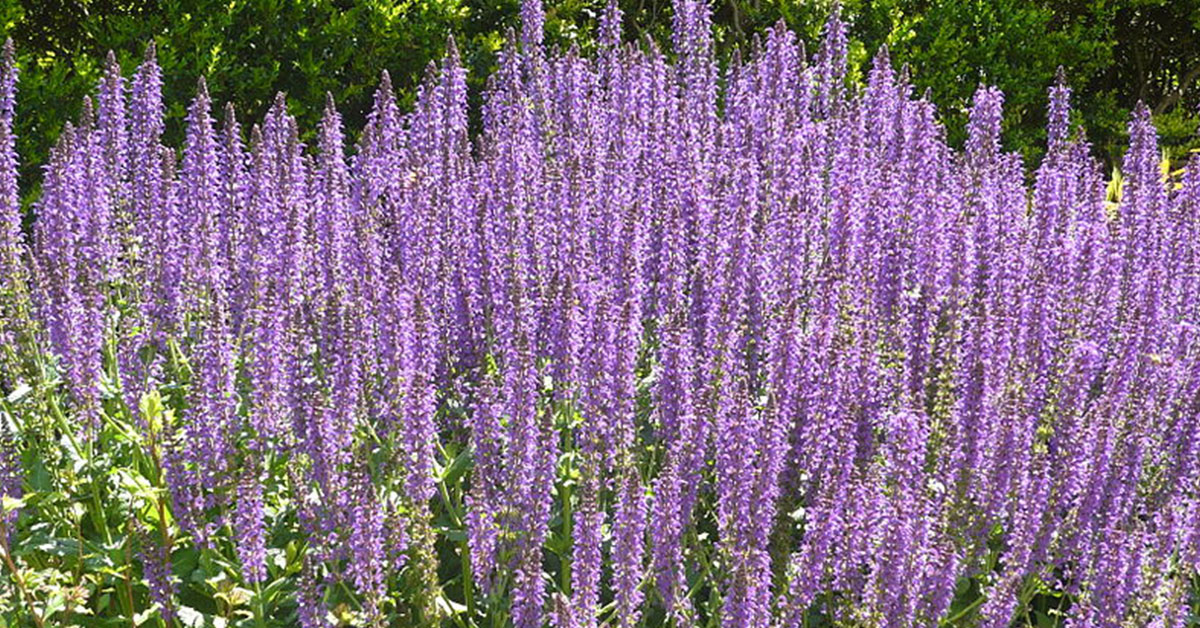As a gardener, there’s nothing more satisfying than growing your own plants for natural remedies, especially when it comes to battling those pesky colds and flu. Imagine stepping into your garden, picking fresh herbs and flowers, and using them to create soothing teas, syrups, and balms. Many plants have been traditionally used as natural remedies to support the immune system and may help alleviate symptoms of colds and flu.
In this article, I’m excited to share twelve plants that you can grow at home to potentially help with cold and flu symptoms. These plants are not only fairly easy to cultivate but also beautiful additions to any garden. Let’s explore these wonderful plants and discover how they can contribute to your natural medicine cabinet!
Echinacea
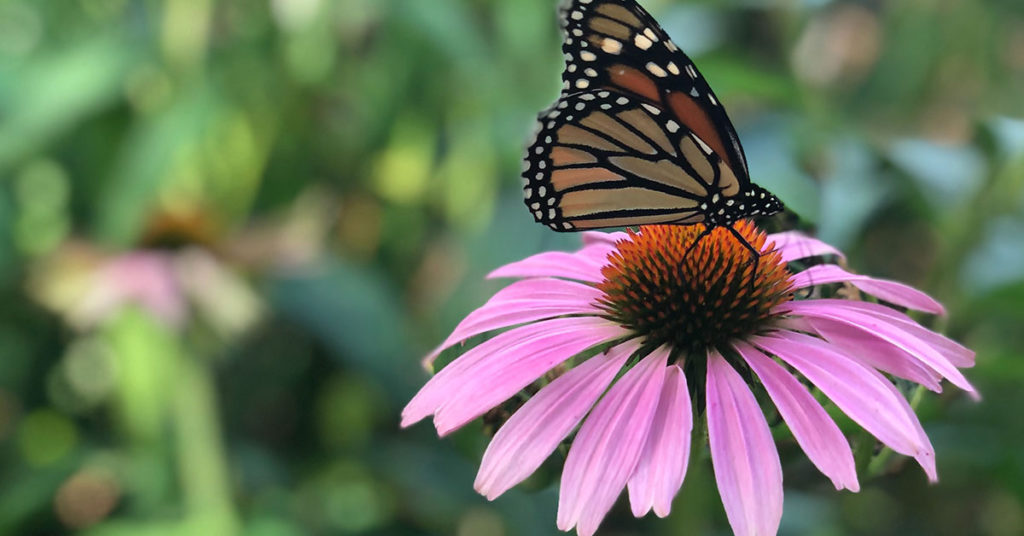
Echinacea, also known as coneflower, is a robust perennial native to North America. It grows well in well-drained soil and full sun, producing striking pink, purple, or white flowers. Echinacea is drought-tolerant and easy to maintain, making it a great choice for any garden.
Echinacea is traditionally used to support the immune system and may help reduce the severity and duration of colds and flu. Some studies suggest that it could enhance immune function by increasing the production of white blood cells. While more research is needed, echinacea remains a popular natural remedy for immune support. Growing echinacea at home adds vibrant color and potential health benefits to your garden!
Elderberry
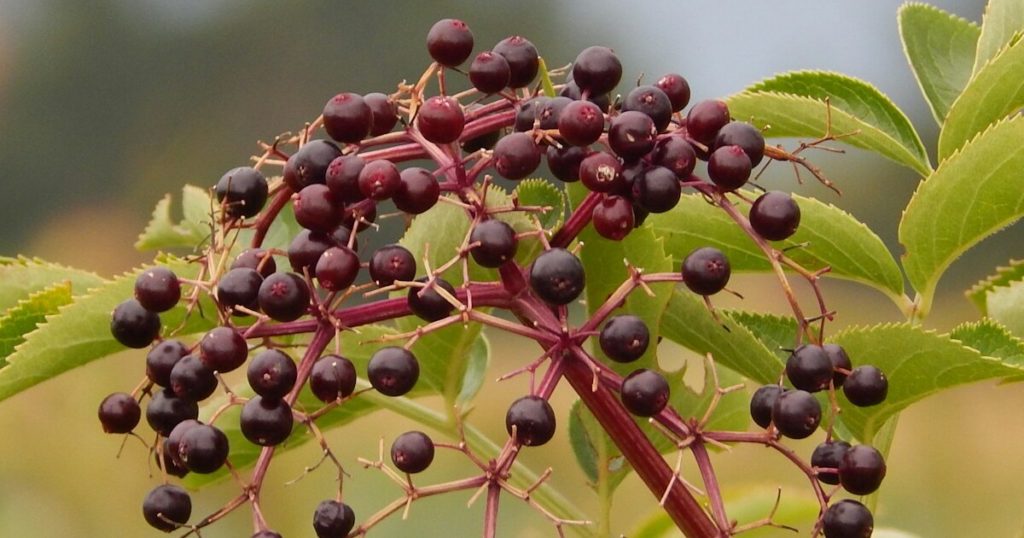
Elderberry is a beautiful shrub that produces clusters of small, dark purple berries. It thrives in well-drained soil and full sun to partial shade. Elderberry is relatively low-maintenance and can add both ornamental and medicinal value to your garden.
Elderberry syrup is traditionally used to help reduce the duration and severity of cold and flu symptoms. Some research suggests that elderberries may have antiviral properties and could boost the immune system. The berries are typically made into syrups, teas, or tinctures. Just be sure to cook the berries before consuming, as raw elderberries can be toxic!
Peppermint
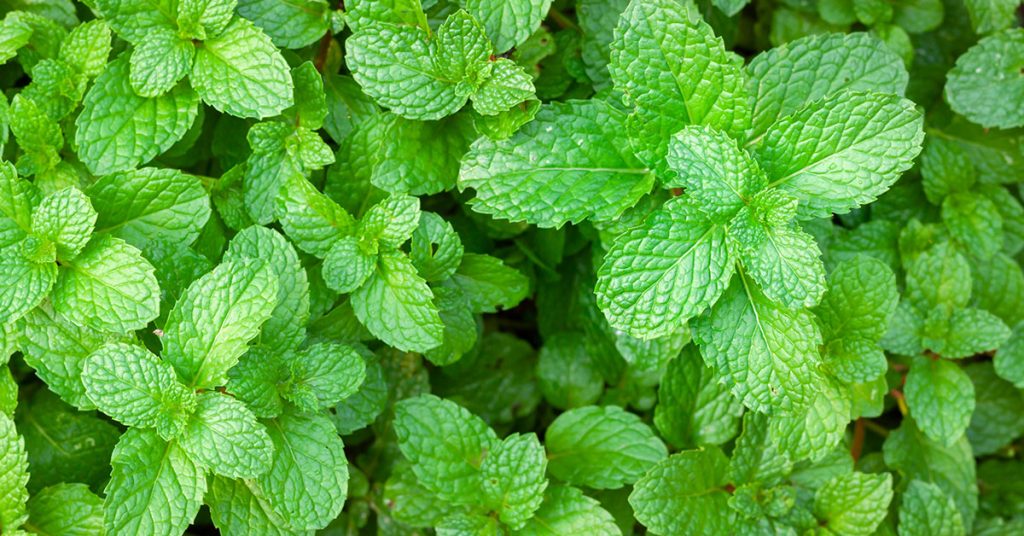
Peppermint is a hardy perennial that spreads quickly and is easy to grow. It thrives in well-drained soil and partial to full sun. Peppermint prefers moist conditions, so regular watering is essential. Due to its invasive nature, it’s best grown in containers to keep it contained.
Peppermint is widely used for its potential soothing effects on the respiratory system. Peppermint tea may help relieve congestion and soothe sore throats. Some studies also suggest that peppermint oil could help alleviate headaches and muscle pain. Growing peppermint at home provides you with a fresh, aromatic herb for various natural remedies!
Ginger
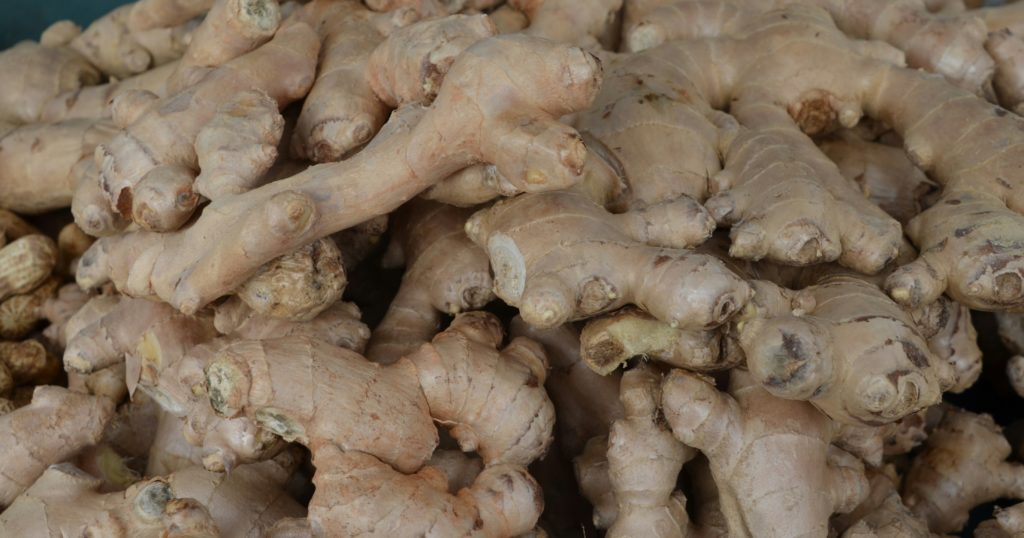
Ginger is a tropical plant that can be grown in containers in cooler climates. It prefers well-drained soil and partial to full sun. Ginger needs warm temperatures and regular watering to thrive. It’s best grown from a piece of fresh ginger root planted just below the soil surface.
Ginger is traditionally used for its potential anti-inflammatory and antioxidant properties. Ginger tea may help soothe sore throats, reduce nausea, and alleviate congestion. Some studies suggest that ginger could enhance immune function and reduce inflammation. Growing ginger at home provides you with a fresh and potent ingredient for natural cold and flu remedies!
Thyme

Thyme is a versatile and hardy perennial herb that’s easy to grow. It thrives in well-drained soil and full sun, producing small, aromatic leaves and delicate flowers. Thyme is drought-tolerant and requires minimal maintenance, making it an excellent choice for any garden.
This herb is traditionally used for its potential antimicrobial and anti-inflammatory properties. Thyme tea may help soothe a sore throat and reduce cough. Some studies suggest that thyme oil could have antibacterial effects, making it useful for minor respiratory infections. Growing thyme at home provides a fragrant and potentially beneficial herb for various natural remedies!
Chamomile
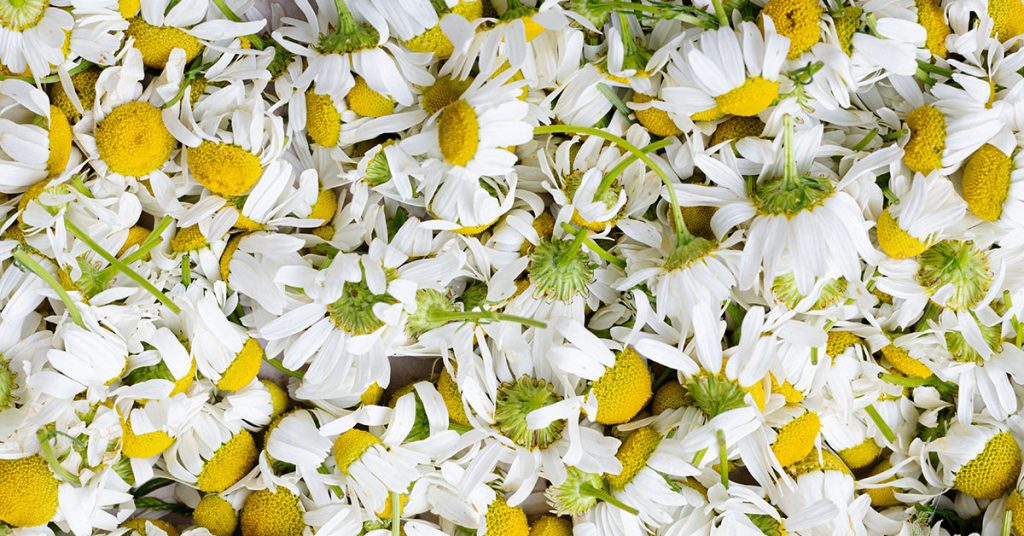
Chamomile is a charming and easy-to-grow annual that adds a touch of elegance to any garden. It prefers well-drained soil and full sun to partial shade. Chamomile self-seeds readily, so you’ll likely see it return year after year.
Chamomile tea is well-known for its potential calming effects and may help with sleep and relaxation during illness. Research indicates that chamomile could have anti-inflammatory, antioxidant, and soothing properties. It might help with gastrointestinal issues and promote relaxation. Planting chamomile in your garden ensures you have a steady supply of this delightful and potentially beneficial herb!
Lemon Balm
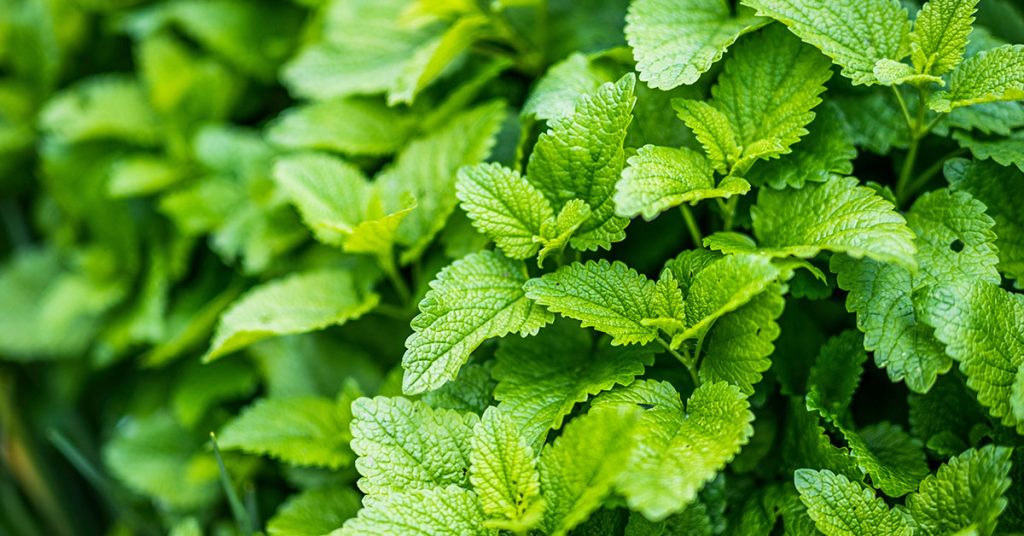
Lemon balm is a fragrant perennial herb that’s easy to grow and spread quickly. It prefers well-drained soil and full sun to partial shade. Lemon balm is drought-tolerant and requires minimal maintenance, making it a great addition to any garden.
Lemon balm is traditionally used for its potential calming and antiviral properties. It may help reduce anxiety, improve sleep, and soothe digestive issues. Some studies suggest that lemon balm could have antiviral effects, potentially helping with cold sores and other viral infections. Growing lemon balm at home ensures you have a fresh, aromatic herb for various natural remedies!
Sage
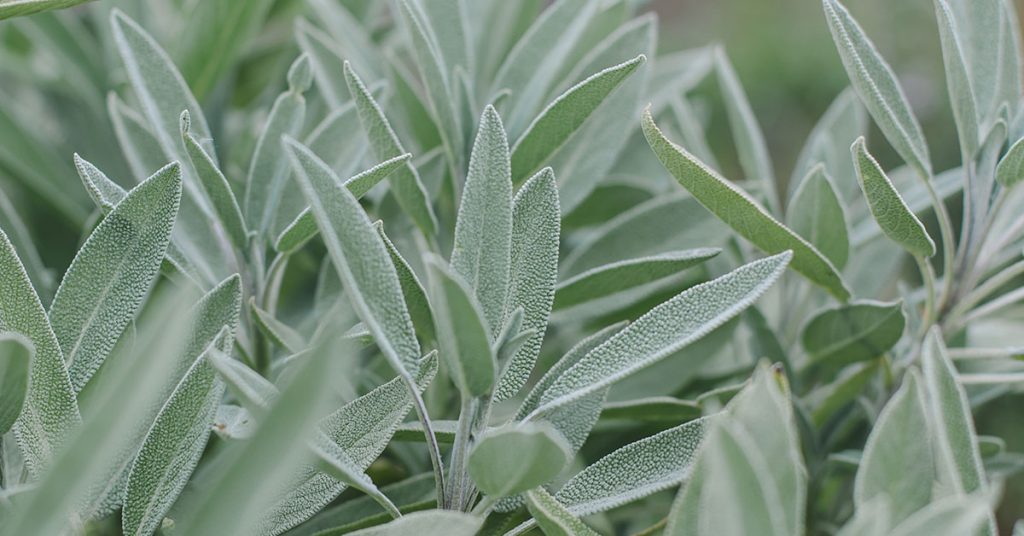
Sage is a hardy perennial herb that’s easy to grow and maintain. It thrives in well-drained soil and full sun, producing silvery-green leaves and beautiful spikes of purple flowers. Sage is drought-tolerant and requires minimal watering once established, making it a low-maintenance choice for any garden.
This plant is traditionally used for its potential digestive and anti-inflammatory benefits. Sage tea may help soothe a sore throat and improve digestion. Some research suggests that sage could enhance cognitive function and improve memory. Planting sage in your garden provides a versatile herb that’s both beautiful and potentially beneficial for natural remedies!
Garlic
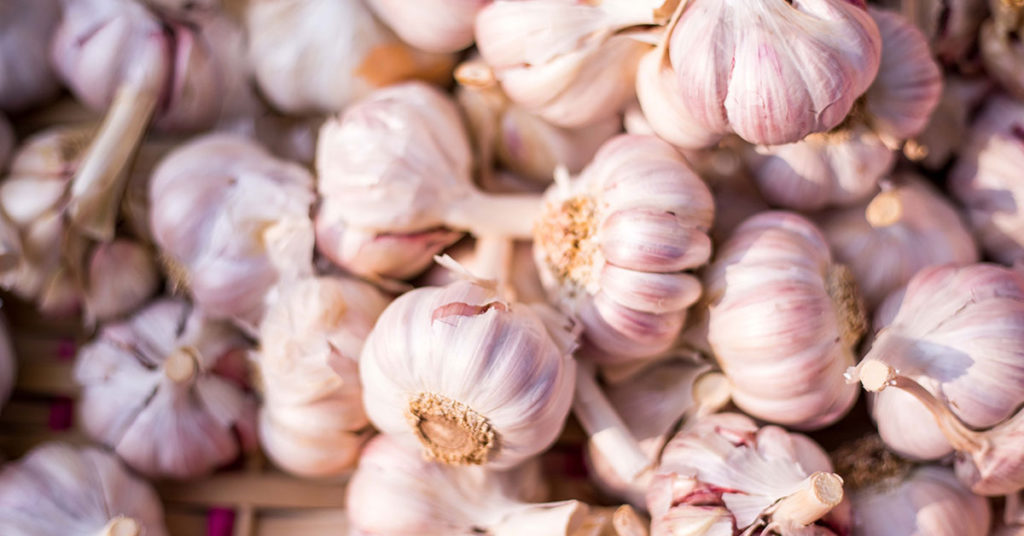
Garlic is a hardy bulb that’s easy to grow in well-drained soil and full sun. Plant garlic cloves in the fall for a summer harvest. Garlic prefers cool temperatures while establishing roots and warmer weather as it matures. It’s a low-maintenance plant that can be grown in garden beds or containers.
Garlic is traditionally used for its potential antimicrobial and immune-boosting properties. Some studies suggest that garlic may help reduce the severity of cold symptoms and support overall immune function. Garlic can be consumed raw, cooked, or as a supplement. Growing garlic at home ensures a fresh supply of this potent and flavorful remedy!
Eucalyptus
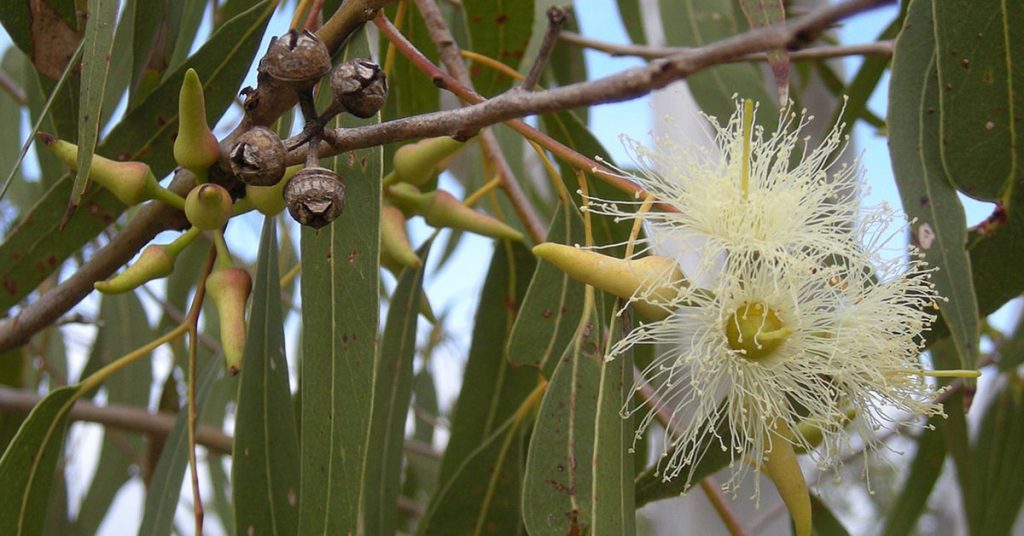
Eucalyptus is a fast-growing tree native to Australia. It thrives in well-drained soil and full sun. While eucalyptus can grow very tall, it can also be grown in large containers and pruned to maintain a manageable size. Just know that it’s not the easiest plant to grow well in a container.
Eucalyptus leaves are traditionally used for their potential respiratory benefits. Eucalyptus oil may help relieve congestion and soothe coughs. Some studies suggest that eucalyptus could have antimicrobial and anti-inflammatory effects. Growing eucalyptus at home provides you with a fresh supply of leaves that can be used in steam inhalations and other remedies!












